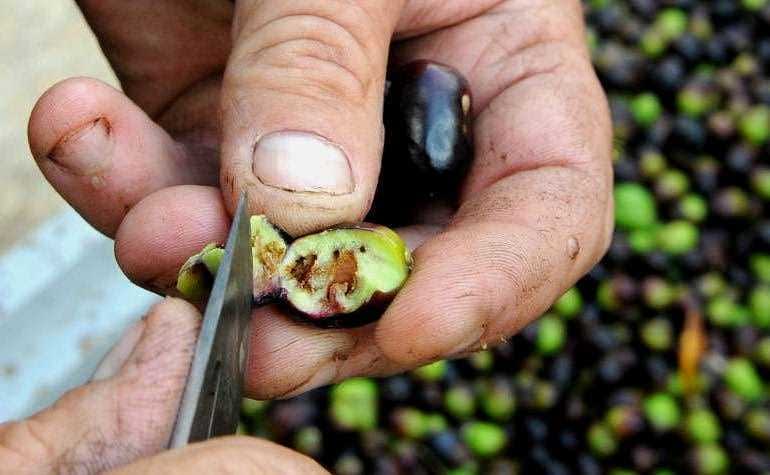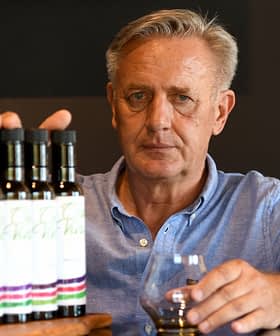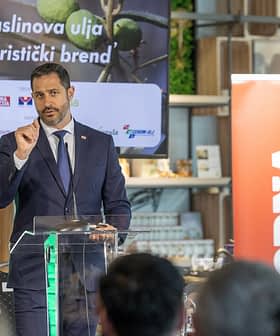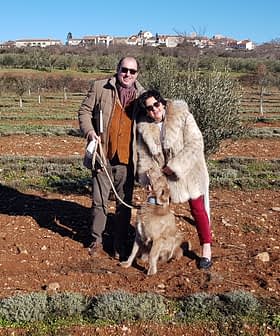
The olive harvest has started earlier than usual in the Croatian olive-growing regions of Istria and Dalmatia, bringing disappointing yields for producers. While 2013 was a record year for the Croatian olive harvest, local olive growers are facing a poor crop this time around.
Following a rainy summer with less than average temperatures, olive trees have been ravaged by the olive fruit fly (Bactrocera oleae) which thrives in such climatic conditions. This pest is a serious threat to olive growers, causing the attacked fruit to fall prematurely and impacting the quantity and quality of olive oil produced.
See Also:Complete Coverage of the 2014 Harvest
Davor Zanini, an oil mill owner in the Istrian peninsula, told the regional newspaper Glas Istre that local oil producers are facing a particularly bad harvest and, despite their hard work, are getting less olive oil from their crop than expected. While 10 kilograms of olives usually produce a liter of oil, this year 12 to 13 kilograms are needed because of the poor quality fruit.
Though the Croatian olive harvest this year is overall very disappointing compared to previous years, there are a few regions which have had good yields. Ivica Ljubenkov, president of the Association of Croatian Olive Oil Growers and Producers (Zajednice maslinara i uljara Hrvatske) told Croatian news portal tportal.hr that some small areas of Dalmatia known for their high-quality olive oil were spared the wrath of the olive fruit fly, like the coastal town of Skradin and Vela Luka on the western part of the island of Korčula.
An increase in consumer prices for Croatian olive oil is likely to be the result of this year’s poor olive harvest.








